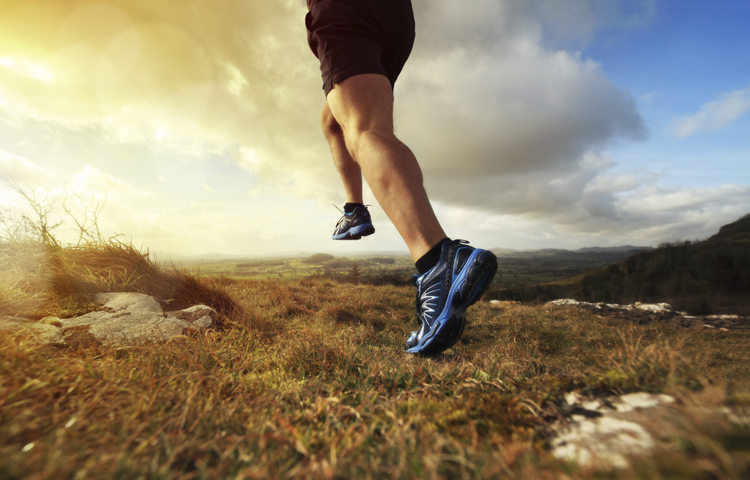
Bored of bashing out the same old runs on the same old surface? It’s time to mix things up. Just as it’s interesting – and advised – to train at a variety of speeds, so too is it wise to run on a variety of surfaces. What’s more, switching up your running terrain can increase your performance in ways you may not have considered.
5 reasons to run on different surfaces
- Injury prevention
Running all your marathon training on hard surfaces increases the amount of force put through your joints and muscles. Running off-road, on grass or trails, alleviates the stress on the body and means you’re less likely to incur over-use injuries. So, be good to yourself: run more on grass. - Relieve boredom
As much as we love running, there’s no denying that training can become repetitive. Running on different surfaces injects some variety into your training and can stave off the boredom. - See the world
Discovering new routes is part of the enjoyment of running. By venturing on to woodland paths or coastal trails, you’ll find new routes that will make your runs voyages of discovery. - Get away from it all
Many people like to use their running as ‘me’ time, to put the troubles of the world behind them and ‘detox’ from the rigours of life. Running away from busy roads and populated paths helps relieve stress.Though, for both men and women, there’s a point here to be raised about safety – always let someone know where you’re going and carry some form of identification. - Injury prevention
Yes, we’ve said it before, but don’t underestimate the potential for injury if all your runs are done on hard surfaces.
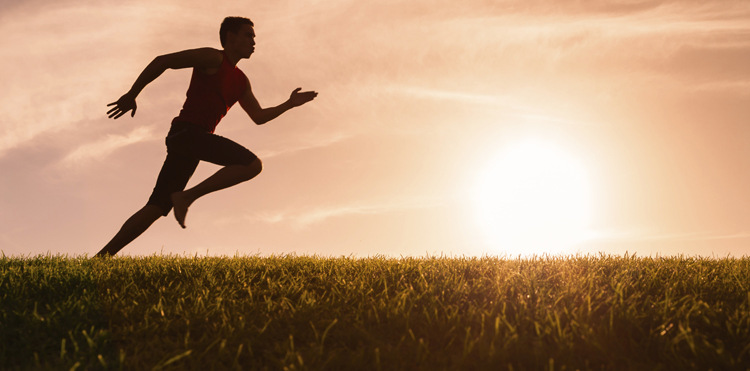
Grass
■ What? Grassland, like parks, golf courses and football pitches provide an excellent surface for running.
■ Pros: While grass is soft and easy on the legs in terms of impact, it actually makes your muscles work harder. This builds strength and means you’ll notice the difference when you return to the road. It’s great for reps, too, enabling you to leave the tight corners of the track behind.
■ Cons: Some grassland is uneven and can be dangerous for runners with unstable ankles. It can also be slippery when wet; runners with allergies may suffer more symptoms when running on it; and its softness can tire legs surprisingly quickly.
■ Verdict: If you can find a flat, even stretch of it, grass is the most forgiving training surface for most runners, especially as you get older.
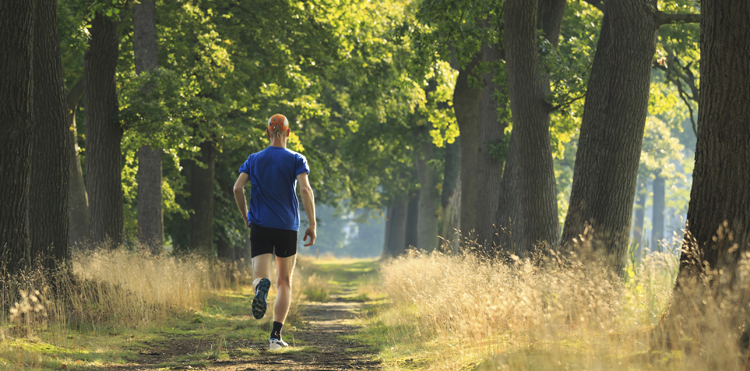
Trails
■ What? If you can find a section big enough (check out the Forestry Commission’s website for the one closest to you: www.forestry.gov.uk), the softer ground and constantly changing environs are ideal for running. They can be firm, but you may find you have to share them with cyclists and even horses.
■ Pros: Usually easy on the legs and located in scenic areas that make you keen to return. Time passes quickly, so long as you don’t get lost!
■ Cons: Unless you’re lucky enough to find wood chips or well-drained peat, woodland trails can be muddy and slippery, especially those with larger volumes of traffic. Also watch out for hidden tree roots that can cause nasty sprains if tripped on.
■ Verdict: A woodchip trail can make a fantastic run – softer ground, spectacular scenery and marked paths, but it’s not always easy to find an area big enough, especially for a long run.
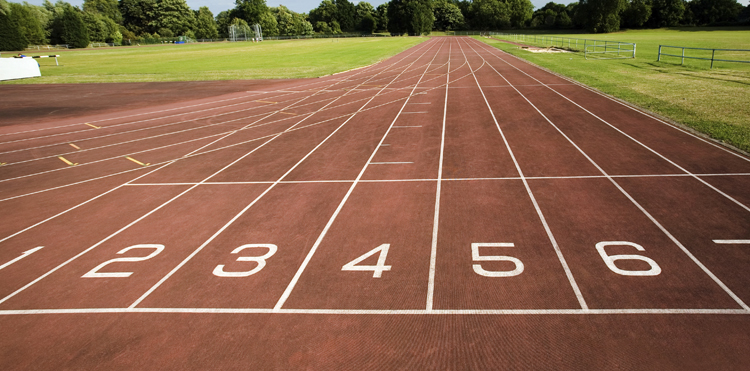
Track
■ What? If you’re lucky enough to live within distance of a synthetic track (almost all British tracks are now made of modern synthetic materials) they can provide a useful alternative to road and an excellent surface for structured running sessions. They can be extremely versatile and not just for sprinters!
■ Pros: Synthetic tracks provide a reasonably forgiving surface (depending on what they’re laid on) and, being exactly 400 metres around, they make measuring distances and timing sessions very easy.
■ Cons: With two long curves on every lap, ankles, knees and hips are put under more stress than usual. You would be unlikely to do a long steady run on a track. Also, you will probably have to pay.
■ Verdict: Tracks are ideal for speedwork, but you have to be dedicated to use them for anything else.
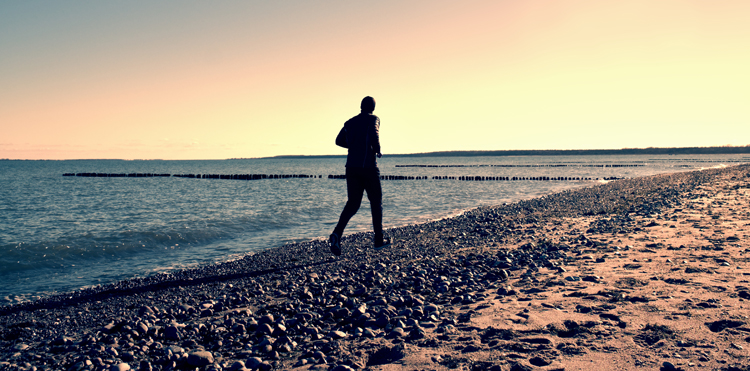
Sand
■ What? The favoured terrain of legendary New Zealand coach Arthur Lydiard, sand is one of nature’s most forgiving surfaces. If it’s dry and deep, you can give your calf muscles the workout of their life without risking any impact damage to your joints. If you want a faster workout, run on the harder-packed stuff or use the natural dunes for some short hill reps.
■ Pros: Sand gives an opportunity to run barefoot in a pleasant environment. Running through dunes provides good resistance training and strengthens the legs.
■ Cons: Despite being great for building leg strength, the softness of the sand means a higher risk of Achilles tendon injury. Also, though the sand is firmer at the water’s edge, the tilt of the surface puts uneven stresses on the body. And while it’s tempting to run barefoot, watch out for debris – Britain’s beaches are often not the cleanest of places.
■ Verdict: Flat, firm sand can be a near-perfect running surface, but most beaches have cambers and any uneven footing can overstress muscles. It’s probably best to limit runs on sand to shorter distances.

Concrete
■ What? Concrete is primarily made up of cement (crushed rock), and it’s what most pavements and five per cent of roads are constructed from. It delivers the most shock of any surface to a runner’s legs.
■ Pros: Concrete surfaces tend to be easily accessible and very flat, and if you stick to pavements, you can avoid traffic.
■ Cons: The combination of a hard surface (reckoned to be 10 times as hard as asphalt), kerbs, and the need to sidestep pedestrians, can lead to injury.
■ Verdict: City dwellers probably have little choice but to do a large proportion of their running on concrete. If you get the slightest opportunity, though, look for softer surfaces.






